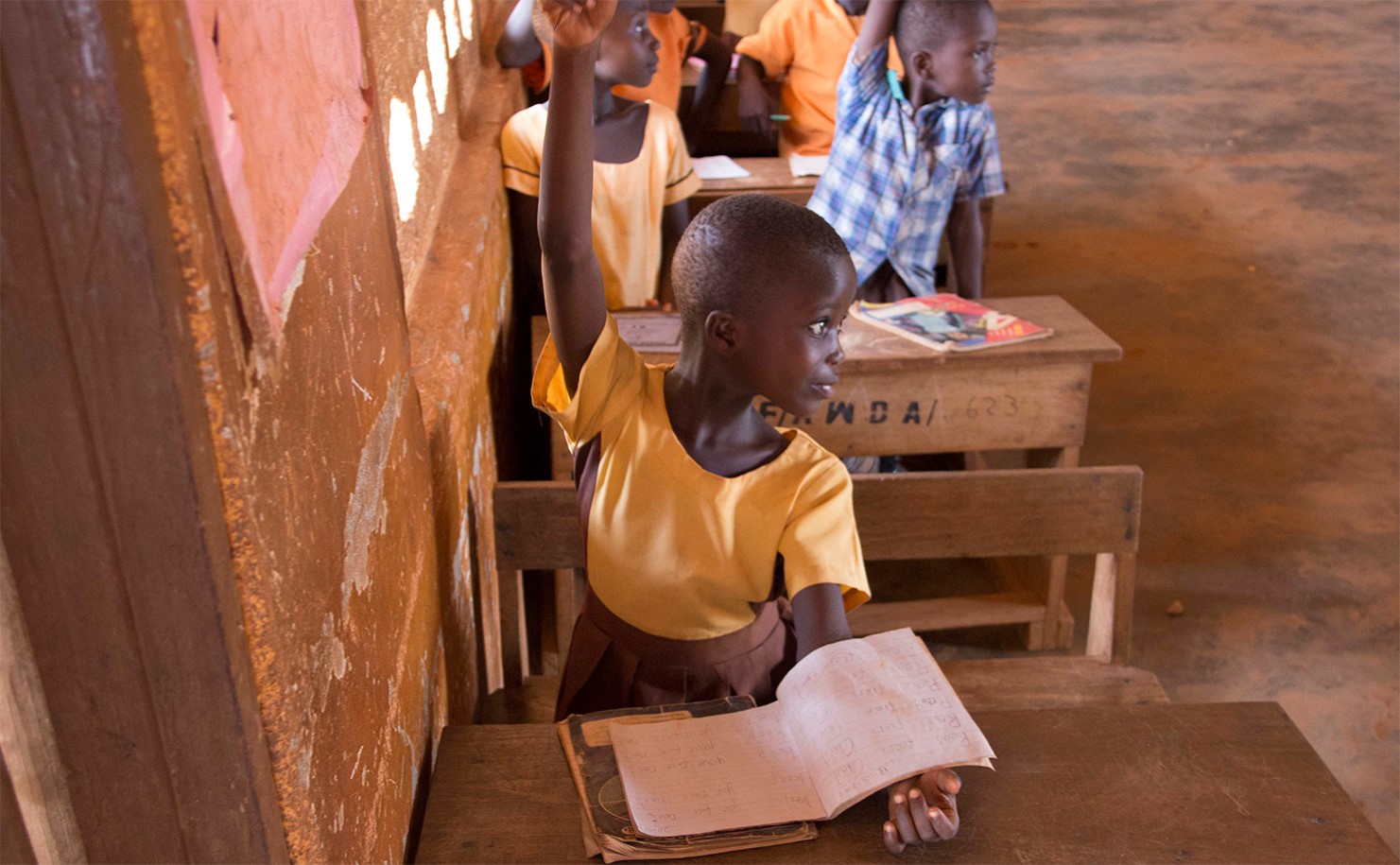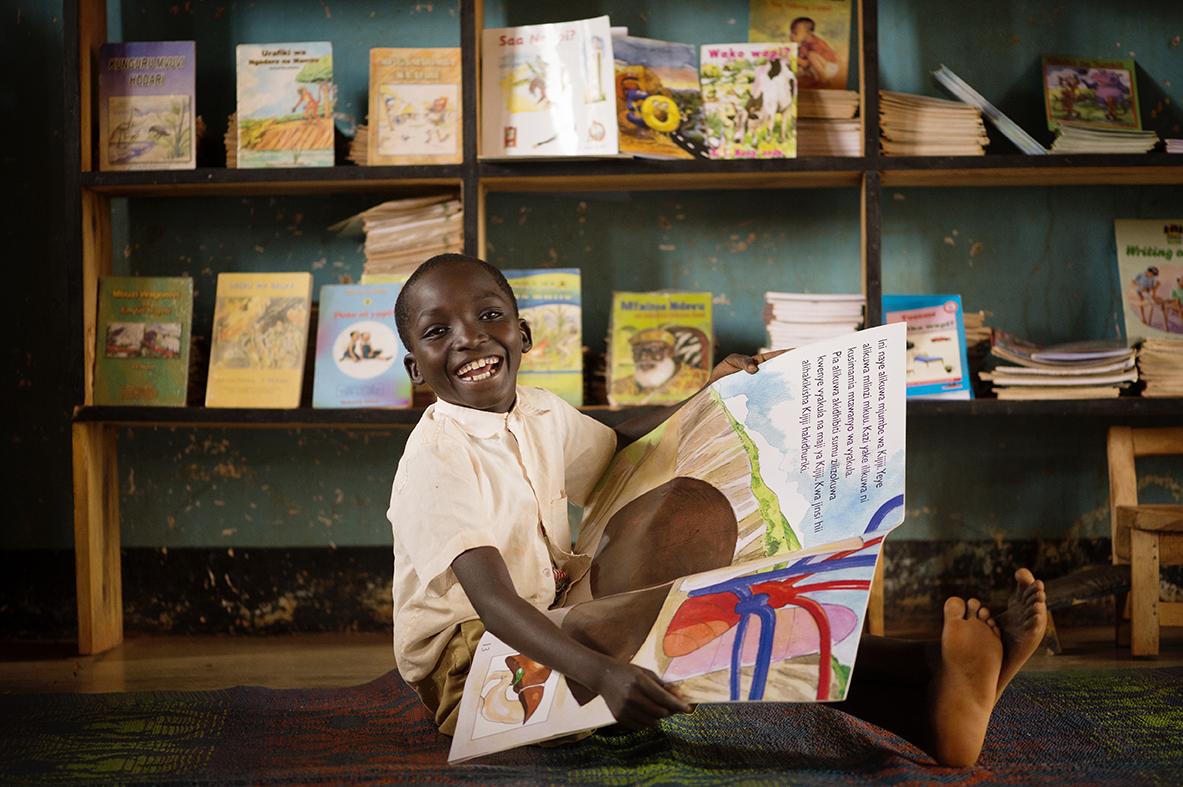Written words are the gateway to knowledge, empowerment and opportunity; the way to a brighter future.
Despite all the many known benefits of literacy, in the developing world more than half of all children (ages 6 -14) are not achieving minimum proficiency levels in reading – and globally an estimated 750 million adults are illiterate.
The global literacy crisis is holding up progress in all areas of development, from health and education to gender equality and economic growth. In fact, literacy is essential to success in achieving every one of the United Nation’s 17 Sustainable Development Goals.
Literacy is about mastering the basics – ABCs, letter sounds, word recognition – but it goes well beyond that, literacy is also about fluency, comprehension and critical thinking. A child who can read and write is given the chance to become a problem solver, an engaged citizen, a productive worker and a life-long learner.

Illiteracy rates are staggering
In sub-Saharan Africa, alone, 88% of children (ages 6 -14) – or 202 million – are not meeting minimum proficiency levels in literacy
(Source: More than Half of Children not Learning, UNESCO Institute of Statistics)
274 million primary school children worldwide are not learning basic foundational skills necessary to lead productive and healthy lives
(Source: Calculated based on data in The Learning Generation, Education Commission)
Teachers are not available or qualified
An additional 69 million school teachers are required to provide every child with primary and secondary education by 2030
17 million qualified teachers are needed in sub-Saharan Africa, alone, to meet the UN’s Sustainable Development Goal
Reaching all children requires a global vision
Only 3% of humanitarian aid was invested in education in 2021
$39 billion annually is the financing gap to achieve quality primary and secondary school for all children in the developing world
At CODE we see literacy as a foundational building block to achieving every child’s right to a quality education.
Education must be about much more than just going to school. It’s about the quality of the experience and the learning that takes place. And there is no better indicator of learning and a quality education than whether a student can read and write.
Children who can read and write are given a better chance to contribute to the welfare and the health of their families, build civil society and give back to their communities. By learning to read and write, children can succeed not only in school but throughout their lives.

The benefits of literacy are many:
A child whose mother can read is 50% more likely to live past the age of five
A women who can read is twice as likely to send her children to school
An estimated 420 million people would be lifted out of poverty with a secondary education, for which mastering literacy skills at an early age is absolutely key
(Source: Source: UIS/GEM Report Policy Paper 32/Fact Sheet 44)



